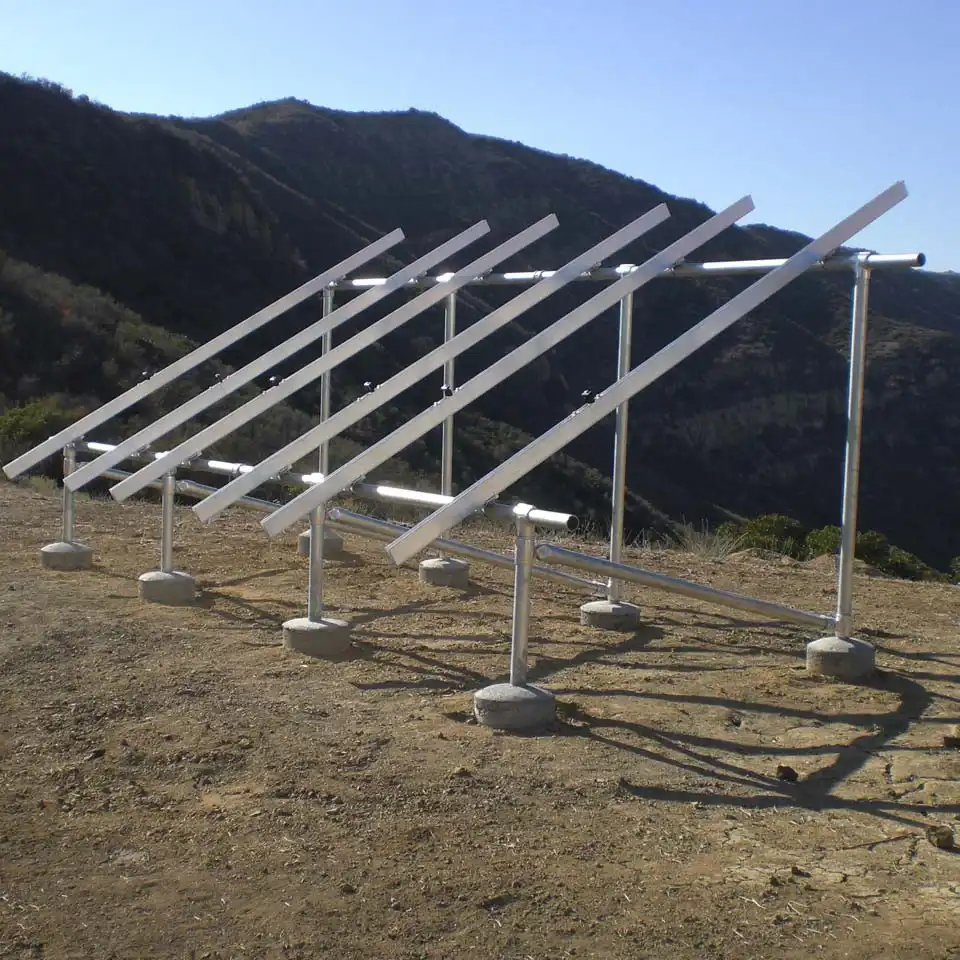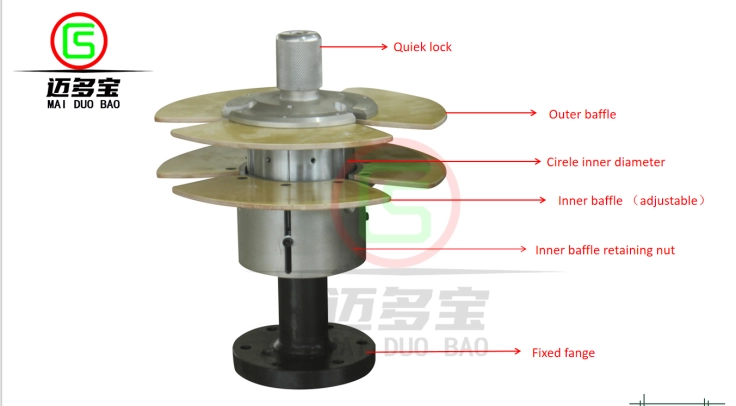Belt-type air compressor purchasing guide and precautions
Air compressors are core equipment in modern industrial production, scientific research, and various types of mechanical processing. Their performance directly impacts work efficiency and product quality. Belt-type air compressors are widely used due to their simple structure, easy maintenance, and wide range of applications. However, with so many brands and models on the market, choosing the right belt-type air compressor for your needs remains a concern for many businesses and laboratories. This article will provide a detailed analysis of these products, including a purchasing guide, technical specifications, usage scenarios, and precautions, to help users make an informed choice.
1. Basic Principles and Features of belt-type air compressors
Belt-type air compressors compress and store air using a belt-driven motor. Their key features include:
Simple Structure: The belt drive system provides stable power transmission and facilitates maintenance and component replacement.
Wide Application: They are widely used in scientific research, automotive repair, hardware processing, and light industry.
Relatively Low Noise: Compared to direct-drive compressors, belt drives reduce operating noise and improve the working environment.
Low Maintenance Cost: The belt, pulley, and motor are easy to maintain, resulting in a long overall service life. Understanding these basic characteristics will help users gain a clear understanding of the equipment's performance and applicable scenarios when purchasing.
2. Belt-type Air Compressor Purchasing Guide
When purchasing a belt-type air compressor, performance, application, and cost-effectiveness must be comprehensively considered, primarily focusing on the following aspects:
2.1 Compressor Type and Power
Choosing the appropriate power and type based on application requirements is the first step. Underpowered compressors may not meet production needs, while overpowered compressors waste energy and increase costs. Generally, belt-driven compressors used in research laboratories have a power range of 2-5 kilowatts, while industrial production typically uses 5-15 kilowatts. When selecting a model, consider the following:
Daily Operating Pressure: For example, laboratories typically require clean, stable medium- and low-pressure air, while industrial spraying or pneumatic tools require high-pressure air.
Displacement Volume: Select the compressor's displacement volume based on actual air usage to ensure a stable air supply even under high loads.
2.2 Gas Tank Capacity
Gas tank capacity directly impacts air source stability and operational efficiency. Too small a capacity may lead to frequent starts and stops, increasing motor load and energy consumption; too large a capacity takes up space and increases equipment costs. General selection guidelines:
For small laboratories: A 50-100 liter gas tank is sufficient.
For medium- to large-scale industrial applications: A 200-500 liter gas tank is more suitable, meeting continuous high-load gas demand.
2.3 Operating Pressure and Stability
Operating pressure is a key parameter affecting air compressor performance. Belt-type compressors typically operate between 0.6 and 1.0 MPa. When purchasing, consider:
Whether the pressure range meets the equipment requirements.
Whether it has a stable pressure control system to ensure minimal pressure fluctuations during long-term operation.
2.4 Noise and Vibration Control
Noise and vibration are important factors in research laboratories, offices, or light industrial workshops. Belt-type air compressors are relatively quiet, but when purchasing, consider:
Whether the compressor casing has a silencer design.
Whether it is equipped with shock-absorbing feet or vibration isolation pads to reduce operating vibration.
Check the noise data provided by the manufacturer and select a low-noise model that meets standards.
2.5 Filtration and Air Quality
Air quality is critical for scientific research experiments and precision equipment. When selecting a belt-type compressor, consider:
Whether it includes an air filtration system or additional filters.
Whether it supports dry air output to prevent moisture from affecting equipment or experiments.
Whether it is easy to replace filters and maintain, reducing long-term operating costs.
2.6 Brand and After-Sales Service
Choosing a reputable brand not only ensures reliable product quality and performance, but also ensures ongoing repairs and spare parts availability. Consider:
Manufacturer qualifications and industry reputation.
Whether it provides comprehensive after-sales service and technical support.
Whether spare parts are easily available and reasonably priced.
2.7 Energy Consumption and Energy-Saving Performance
The operating cost of a belt-type compressor primarily comes from electricity consumption. When selecting a belt-type compressor, consider:
Whether it is equipped with variable frequency control or an energy-saving mode.
Motor efficiency rating and energy consumption data.
The frequency of compressor starts and stops to avoid excessive energy consumption caused by frequent starts and stops.
3. Belt-type Air Compressor Usage Scenarios
Depending on different application requirements, belt-type air compressors can be categorized into the following usage scenarios:
Research laboratories: Require clean, stable, low-noise air for pneumatic instruments or culture equipment.
Industrial production lines: Applications such as pneumatic tools, paint spraying, and automated machinery require large-volume, high-pressure air.
Automotive repair and spray painting: Compressors are used for pneumatic tool operation, where stability and durability are key.
Light industry and home use: Applications such as small processing plants and laboratory teaching require flexible, cost-effective equipment.
Understanding specific application scenarios will help users select the appropriate model and avoid waste and inadequate performance.
4. Considerations for Purchasing Belt-type Air Compressors
During the actual purchase process, it's important to pay attention to the following details:
Inspect the compressor: Check for appearance and ensure the belt, pulley, and motor are securely installed.
Understand maintenance intervals: Belt life, oil line maintenance intervals, and filter replacement intervals for different models.
Test operating performance: Ensure starting pressure, operating noise, and vibration are within normal ranges.
Consider environmental adaptability: Ensure the compressor is suitable for high-temperature, high-humidity, or dusty environments. Budget and Cost-Effectiveness: Consider equipment price, operating costs, and after-sales service to choose the most suitable solution.
Belt-type air compressors, with their simple structure, easy maintenance, and wide applicability, have become essential equipment for scientific research, industrial production, and light industry. However, selecting the right compressor for your needs is not an easy task. When choosing a compressor, users should consider factors such as power, airflow, air tank capacity, operating pressure, air quality, noise level, brand, and after-sales service. Furthermore, attention should be paid to the usage scenario and long-term maintenance costs to ensure stable equipment operation, extend service life, and improve efficiency.
Through this detailed analysis, both research laboratories and industrial enterprises will gain a more comprehensive understanding of belt-type air compressors and make more informed purchasing decisions.
As a professional belt-type air compressor enterprise, Gaoling leverages years of R&D experience and advanced production processes to provide high-performance, low-energy, reliable, and durable compressors for research laboratories, industrial production, and light industry users. Gaoling rigorously controls every aspect of air quality, noise control, and energy efficiency to ensure the stable operation of each unit in real-world applications. At the same time, the company provides comprehensive after-sales service and technical support, providing all-round guarantees for customers' daily maintenance, troubleshooting and equipment upgrades, helping users achieve efficient and continuous production and scientific research.
www.glcompressor.com
glcompressor




